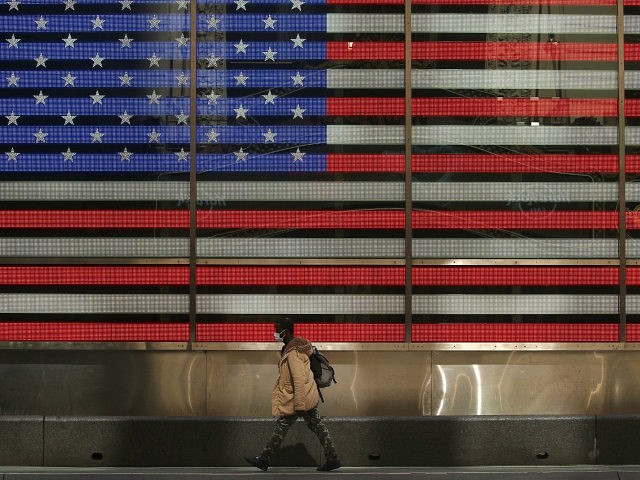The Federal Reserve sees the coronavirus and economic shutdowns as weighing on growth and putting downward pressure on prices but rising inflation tops the economic worries of the American people.
“One thing I don’t worry about is inflation right now,” Fed chairman Jerome Powell said in a webcast press conference last week.
Fifty-six percent of Americans, however, expect inflation to be higher six months from now, according to a Gallup survey released Monday. Twenty-one percent expect inflation to remain about the same and twenty percent expect inflation to decline.
In some ways, this will come as a relief to Fed officials. It shows that deflationary forces in the economy, including lower oil prices and declining demand due to social distancing and stay at home policies, may be less powerful than feared. The public may think that the policies of the federal government and the Federal Reserve will be effective at restoring growth and creating demand for goods and services.
During the webcast, Powell talked about how some thought the economy would be hit by deflation after the global financial crisis but that did not happen. Inflation remained very low, below the Fed’s 2 percent target, for much of the post-crisis period but prices never fell on a sustained basis.
“I would say as long as inflation expectations remain anchored, then we shouldn’t see deflation, and the Federal Reserve is strongly committed to maintaining 2 percent inflation over time,” Powell explained. “I think U.S. about headline inflation if low energy prices, very low energy prices were to drop headline inflation negative, I would hope that people would see through that, and we will be monitoring it carefully, would see through it and look to core which is a better predictor of future inflation.”
Back in January of 2019, 61 percent of Americans thought inflation would move up. So the coronavirus has move inflation expectations down a bit but not by much.
Americans are, however, far more bullish about stocks. In January of 2019, 32 percent said the stock market would move up, 42 percent said it would go down, an 16 percent said it would remain at about the same level over the next six months. The April poll found that 51 percent think the market will go higher over the next six months, 39 percent said they expect it to fall, and just 8 percent expect it to hold at current levels.
Notice that the bullish category was built up by the huge decline in the “stay the same” forecast. The “go down” forecast fell only 3 percentage points. So the big consensus is for more volatility. To the extent that the public’s forecast of market movements is a contrary indicator, perhaps this should be read as a sign that the market is likely to stay flat through election day.
Americans are divided on economic growth. Forty-eight percent see growth going higher, and 42 percent see it going lower. Just 10 percent see it remaining at about the same level it was in April, which in this case is a very dire prediction. The economy shrank at an annual pace of 4.8 percent in the first quarter and likely contracted at an even faster pace in April.
In January of last year, 44 percent saw growth picking up and 38 percent predicted a slowdown. Eighteen percent saw growth holding steady.
Forty percent see interest rates rising, compared with 32 percent predicting rates to fall further and 25 percent seeing rates holding steady. The consensus among economists is for the Fed to hold steady over the next six months.
Forty-nine percent see unemployment going up, 44 percent see unemployment falling, and just 6 percent expect it to be the same.

COMMENTS
Please let us know if you're having issues with commenting.